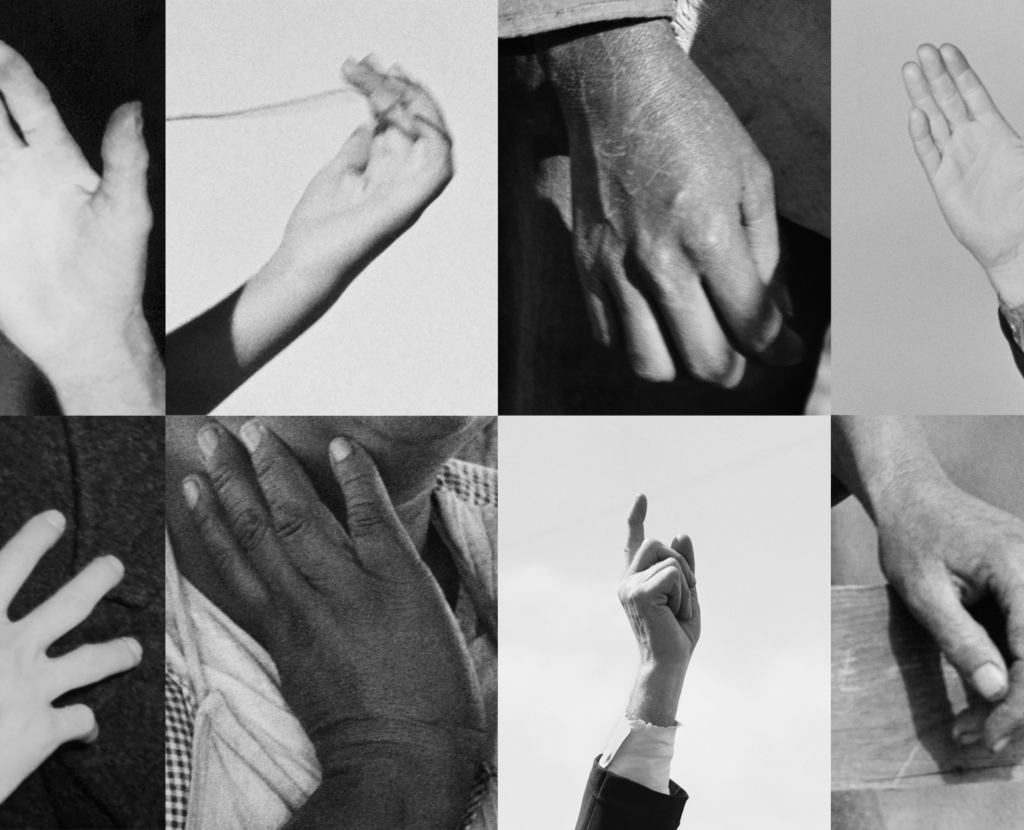Cindy Sherman
Cindy Sherman was born on the 19th of January 1954 in New Jersey. Her work consists mostly of portraiture that explores ideas of identity, where she assumes the presentation of a myriad of characters. She has had a long and successful career, with her work being exhibited across America and Europe, and was made an Honorary Member of the Royal Academy of Arts, London in 2010.


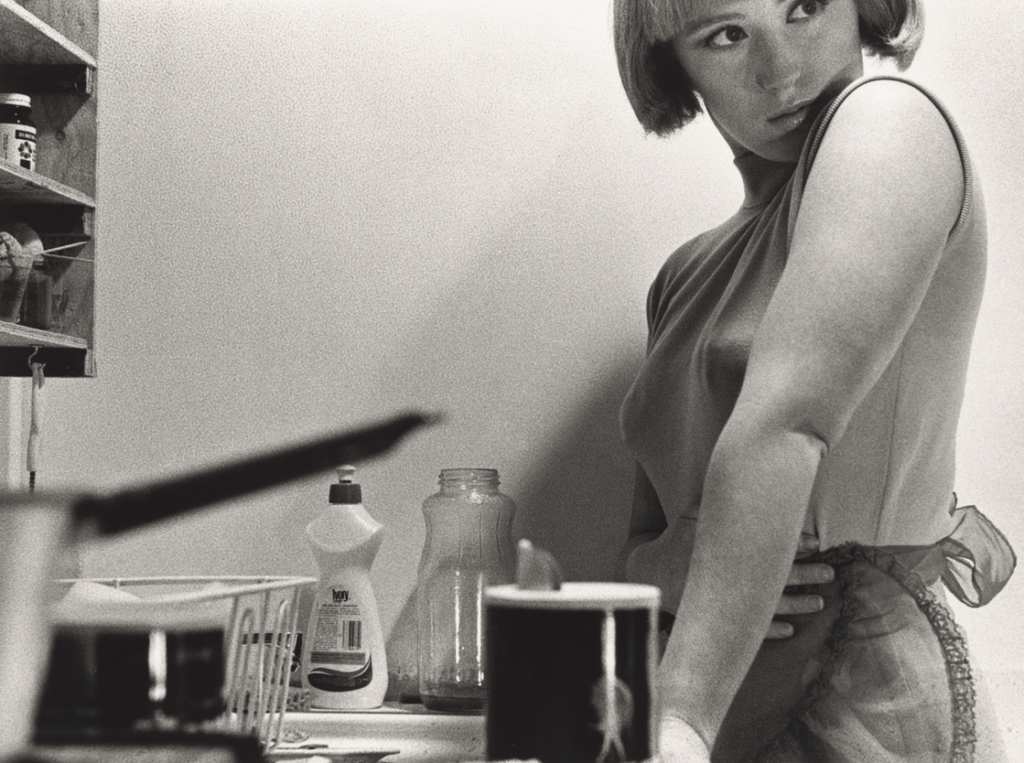

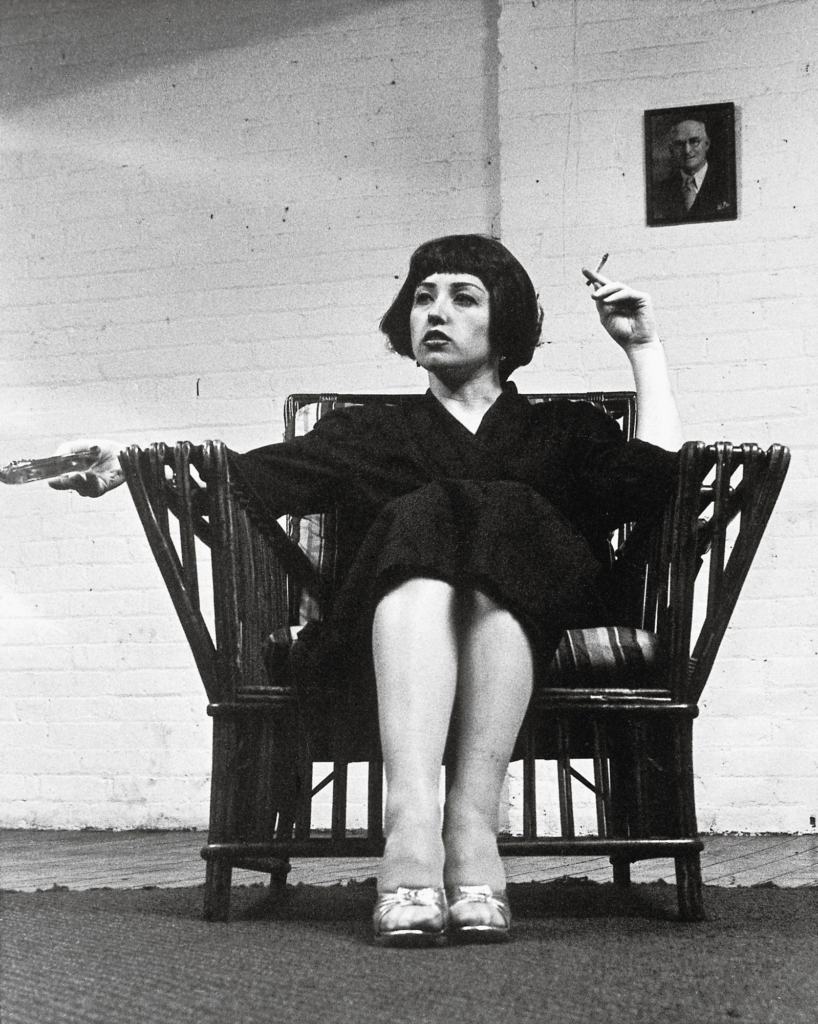

Arguably her breakthrough work was her series Untitled Film Stills created between 1977 and 1980 after she moved to New York. She is portrayed in a variety of different guises with props, having taken the role of model, photographer, stylist and director, and, in turn, plays the part of typical female caricatures in performance media to create scenes that resemble those from mid-20th-century B movies. These images rely on female stereotypes and caricatures such as the jaded seductress, the unhappy housewife, the jilted lover, and the vulnerable naif.
Later in her career, Sherman began to focus on colour prints with more emphasis on costume, lighting and facials. As time went on, in series such as History Portraits ‘Sherman provides hints of their artifice. She often wears exaggerated wigs and prosthetic body parts or creates settings that seem obviously patched together. In this way, she parodies her source images and the societal attitudes that they reflect and perpetuate. She also alerts viewers that photographs cannot necessarily be trusted. Like other art forms, photographs are shaped by the person who makes them and can mislead, manipulate, and express a particular point of view.’ https://www.moma.org/learn/moma_learning/cindy-sherman-untitled-number-228-1990/

“I wish I could treat every day as Halloween, and get dressed up and go out into the world as some eccentric character,”
Cindy Sherman
Claude Cahun
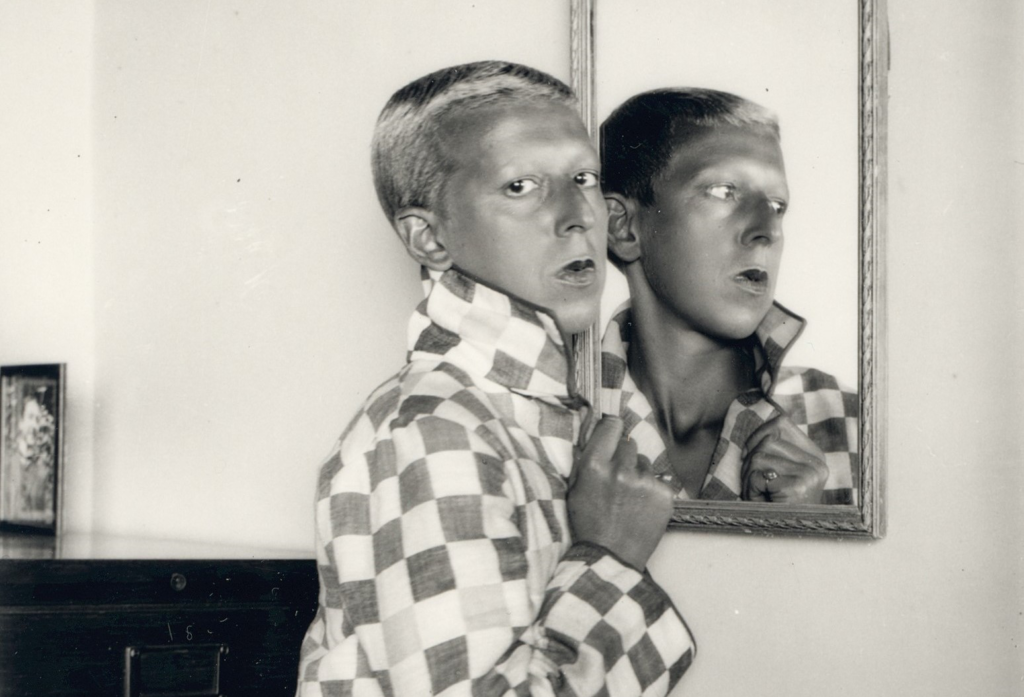
Claude Cahun, born Lucy Schwob in Nantes in 1984, was a pioneer of non-conventional gender presentation in performance art, being one of the first artists of her time to openly and publicly explore the boundaries of gender identity. She is best known for her self portraiture that explores this as well as her personal resistance against the Nazi regime that occupied Jersey during the period that she lived there, for which she was imprisoned and sentenced to death in 1944.
Cahun moved to Jersey in 1937 alongside her stepsister and lover Marcel Moore and stayed up until her death in 1954. Her work is most extensively documented with the Jersey Heritage Trust for this reason. Her death sentence was unable to be fulfilled due to the liberation of Jersey the year after its issue, and so she was freed from imprisonment.

However, soon after her freedom was granted, she died of ill health (possibly owed to the conditions of her imprisonment) in 1954. Moore committed suicide in 1972 and they are buried together in St Brelade’s Churchyard.

What was so pioneering about Cahun’s work?
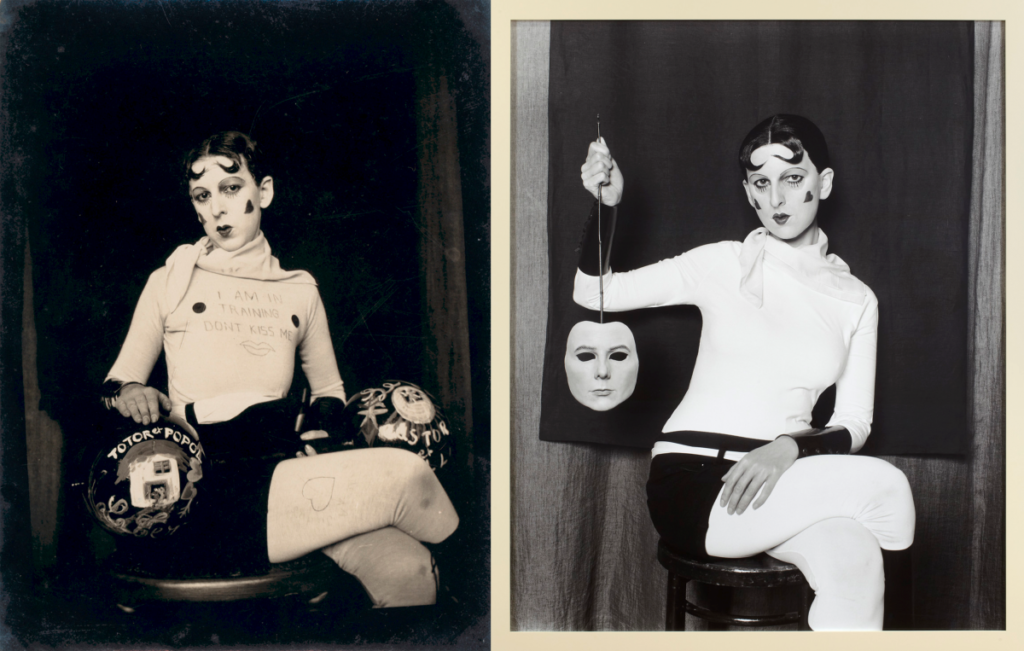
Cahun’s work presented her in conventionally masculine clothing and hairstyles and often portrayed her in what was a series of typically masculine roles; including a dandy, a weight lifter, and an aviator. This was down to Cahun’s own personal preferences as to how she presented herself – ever since a young age she had struggled with her gender identity and in choosing her new name to be Claude as opposed to Lucy, she was able to use a name that was, in France, used by both men and women. This offered some respite to her and, through this, as well as shaving her head, Cahun was able to channel a much more androgynous appearance and ambiguous character.
Obviously, at the time of production, a lot of her work shocked viewers with its stark and brazen breaking of ‘the rules’. Cahun was not conducting herself in the manner that was expected of her and this was the most unique aspect of her style. Her resistant nature is shown in how she treated the occupying Germans and it is therefore only expected for this to shine through in her work.
This article explores her relevance in today’s world.
“Under this mask, another mask. I will never be finished removing all these faces.”
Claude Cahun
Nilupa Yasmin
Nilupa Yasmin is a primarily lens-based artist who also explores crafting in her work (as a reclamation of what is a stereotypically and expected female activity in India), which focuses heavily on the subjects of identity, self, and culture. As a British-Bangladeshi, Yasmin finds inspiration in her heritage and connections between her family background and her life in South London. This connection is one that will strike a chord with many as the community of South Asians in London and other major British cities is a large one, and her work discusses and explores experiences that are fairly common in this community.
Her series Mother Told Me Stories is her most recent multi-media project that explores the reclamation of the skill of embroidery from the British Raj‘s attempts to abolish the Indian cotton trade in 1876 and control how it was used. This work presents self-portraits of Yasmin, as with the majority of her pieces, in the role of Bangladeshi women weaving Kanthas (traditional quilts embroidered from scraps of cloth), alongside embroidered fabric and some wording that gives further context to the piece.
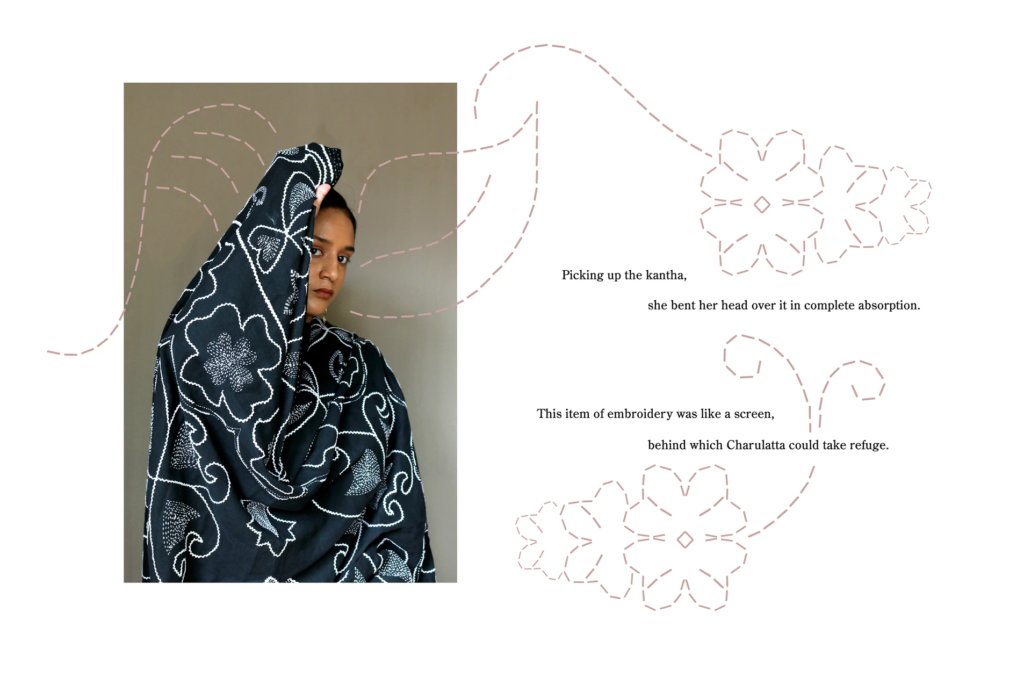
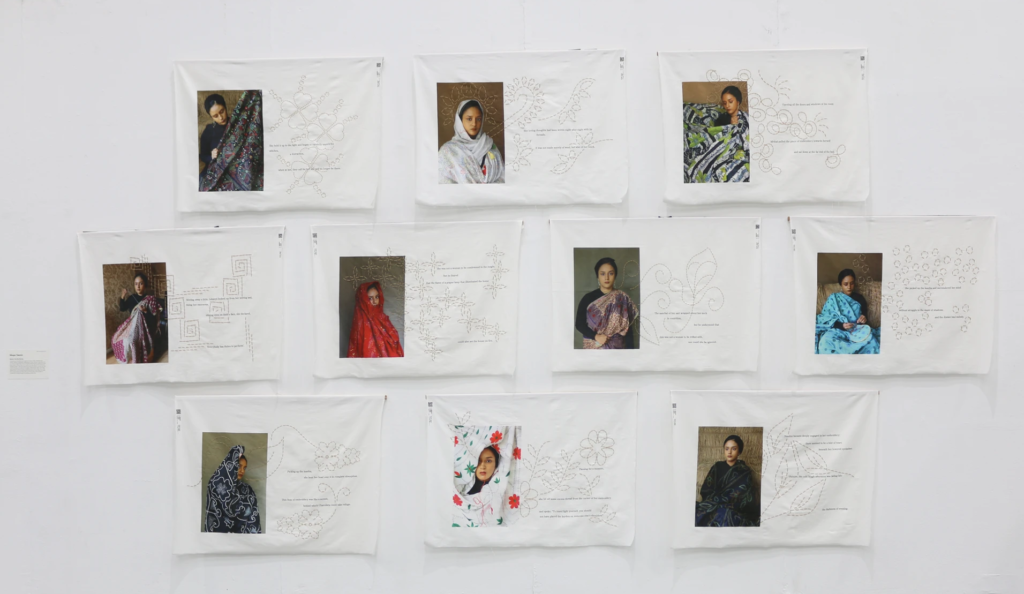
I am also personally interested by the series Wallpaper of Memories, where Yasmin combines old family photos with an arrangement of various patterns found within each image. She curates a response that connects, once again, her own success as an artist to her personal and family history to create a contemporary piece.

Sam Contis
Sam Contis, born 1982 in Pennsylvania, is a visual artist whose work focuses on aspects of the beauty of the human form and its relationship with human connection. Her work has been widely exhibited in locations such as the Barbican in London and the Museum of Modern Art in New York. ‘Contis puts us face to face with detail, texture, and flesh, creating an intensely physical terrain where individuals and the landscape surrounds us. “The earth and body become indistinguishable,” she said.’ (https://www.moma.org/artists/68380)
